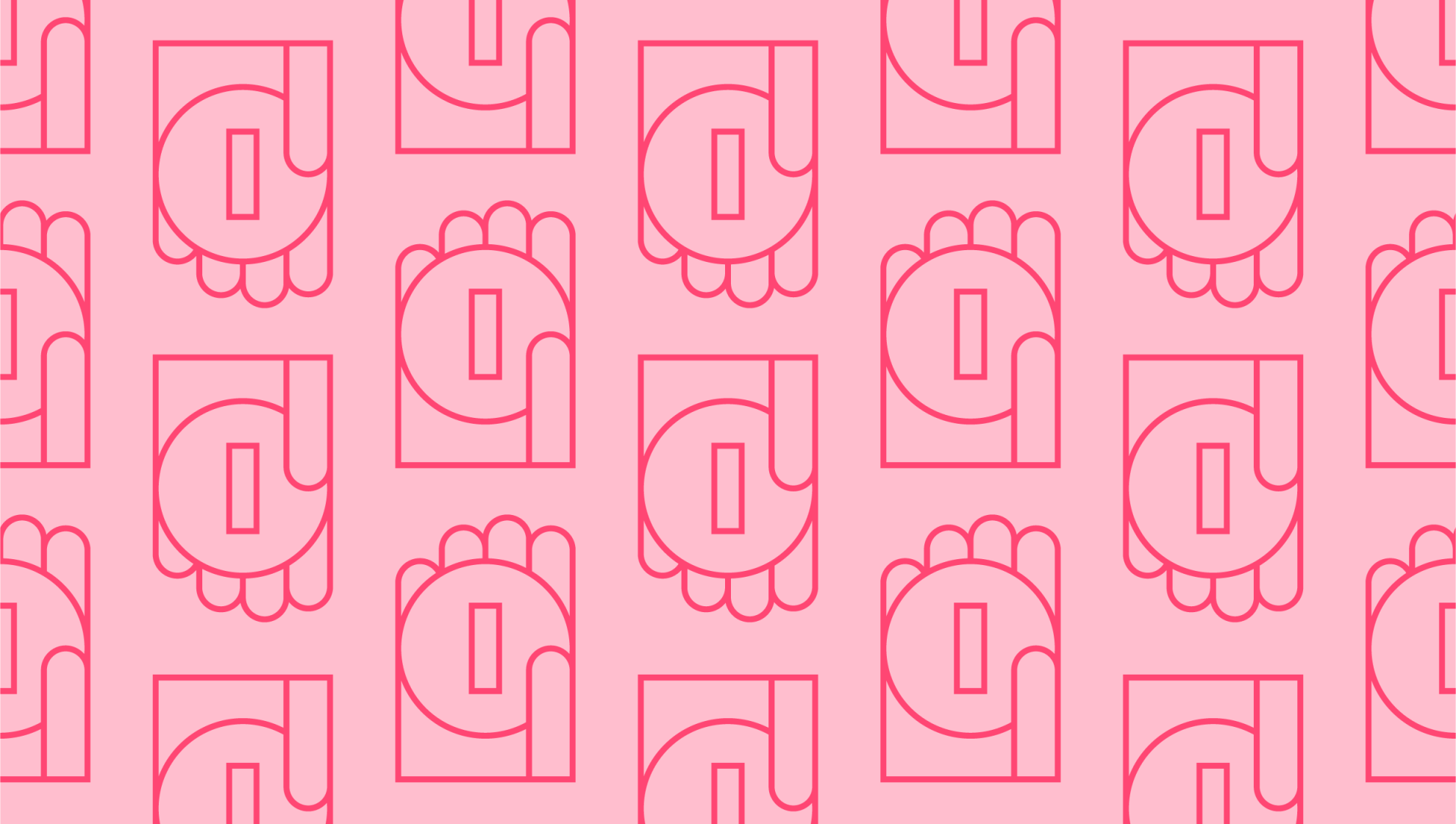Last editedOct 20253 min read
To start taking recurring payments, you'll need to choose a payment processor or a subscription management platform that handles automated billing. Next, set up your customer payment details and define your billing intervals—like monthly or yearly. You can then integrate these settings directly into your e-commerce platform or use recurring series features within your invoicing system. Crucially, you must get your customers' consent for the charges, clearly outline all fees and billing cycles, and ensure that all payment data is secure by using a PCI-compliant provider.
Whether you are thinking of using a subscription pricing model or simply work with regular clients, recurring billing could be a useful solution. It’s not only convenient but ensures a steady cash flow. Before determining whether this system is right for you, it’s helpful to look at how recurring payments work. Here are a few recurring payment examples to help you get started.
What are recurring payments?
Recurring payments are a preauthorised form of payment taken at repeat intervals. The customer agrees to make regular payments to access a service, pay off a larger purchase, or pay for a subscription. They only need to grant permission to the merchant once, after which time the payments are taken automatically. Billing cycles will vary. Some payments are taken monthly, while others will be quarterly or even annually.
Typical recurring payment examples include things like utility bills, gym memberships, and streaming content subscriptions like Amazon Prime and Netflix. SaaS services like Slack or MS Office are additional examples, as are magazine and newspaper subscriptions.
Types of recurring transactions
Recurring billing tends to fall into two main categories:
Fixed recurring payments – the customer is charged the same amount at each interval. For example, they might be charged £10 per month for a subscription beauty box service.
Variable recurring payments – the customer is charged a varying amount at each interval depending on their purchases. For example, utility bills depend on the amount of gas or electricity used.
Within these general categories you’ll find several types of recurring pricing strategies.
Usage-based recurring billing depends on the product or service usage, such as the utility example above.
User-based recurring billing depends on the number of users of the product or service. Most SaaS software uses this type of strategy.
Tiered recurring billing uses a variety of price points, each offering a different package of services. To access higher-level features, the customer would pay more at each interval.
Recurring transactions examples
Perhaps the most frequently seen example of recurring payments is with subscription services. This include paywalled newspapers like the New York Times as well as traditional media subscriptions for magazines. Yet it also includes streaming content like Disney Plus and Netflix, as well as the wide selection of subscription box services like Hello Fresh and Birchbox.
While this type of billing cycle is often associated with subscriptions, you will find recurring payment examples that span numerous industries.
SaaS products including accounting software, ecommerce platforms, and website hosting platforms tend to take recurring payments.
Memberships including fitness studios and gyms charge monthly for access. Professional and trade organisations as well as coworking spaces also fall under the membership category.
Professional service providers that work with clients on an ongoing basis offer another example of recurrent transactions. For example, you might pay a childcare provider or cleaning service on a weekly or monthly basis.
Insurance and personal finance providers set up regular repayment schedules for loans and policies.
Utility bills including water, electricity, gas, and internet connections all use a variable recurring payment model.
Is recurring billing right for your business?
As you can see from the various examples above, recurring billing comes in many shapes and sizes. Is it right for your business model? Yes – if you need to take regular payments from customers over time.
To get started, you’ll need to choose a payment platform and select a billing cycle and amount. Once the customer has authorised payment, you’ll be able to process recurrent transactions as they’re due. GoCardless helps take recurring payments using Direct Debit, for example. We help automate the recurring billing process by integrating with accounting software. Reduce manual errors, collect payments on time, and make the process more convenient for your customers, all while enjoying predictable recurring revenue streams.
We can help
GoCardless is a global payments solution that helps you automate payment collection, cutting down on the amount of financial admin your team needs to deal with. Find out how GoCardless can help you with one-off or recurring payments.


